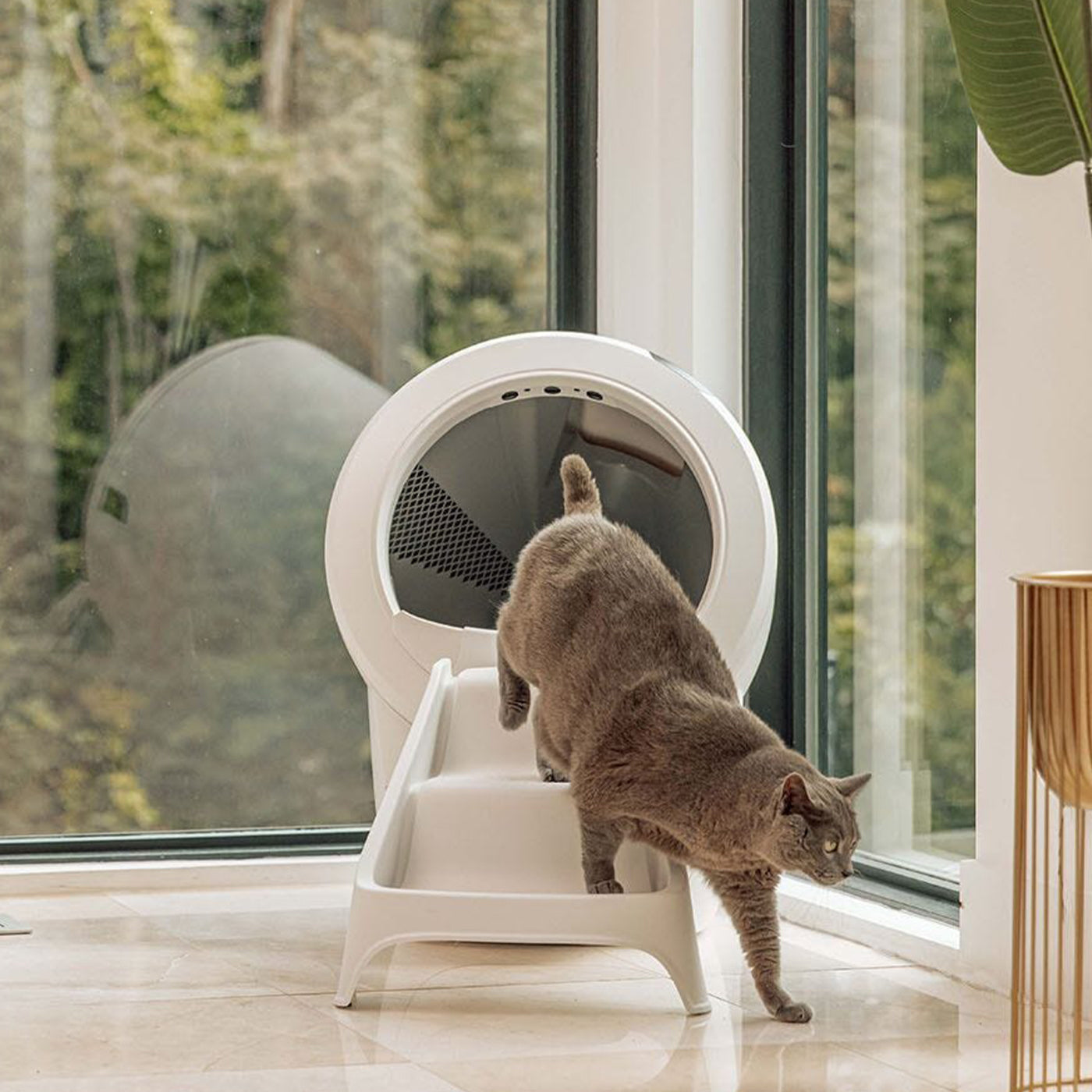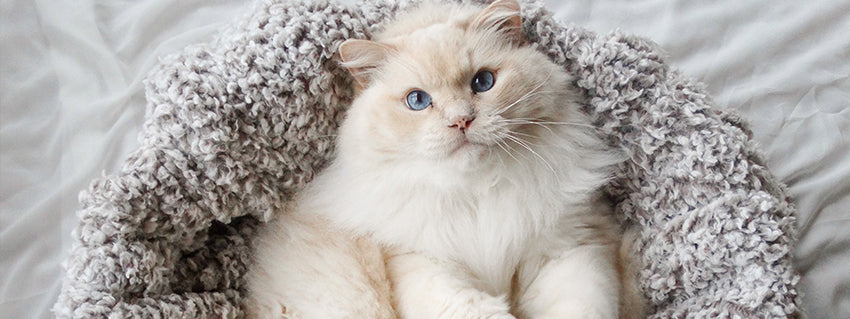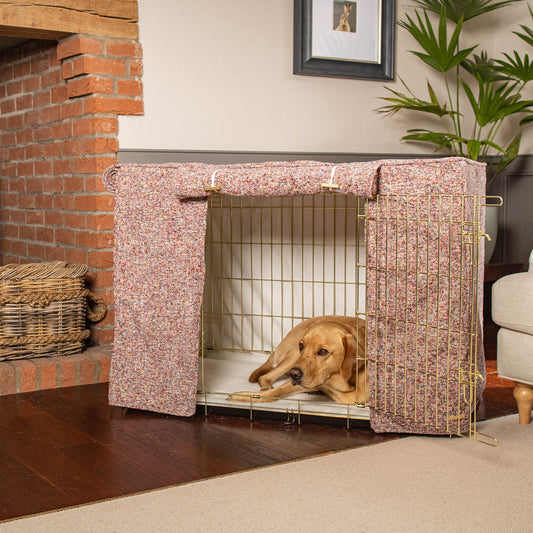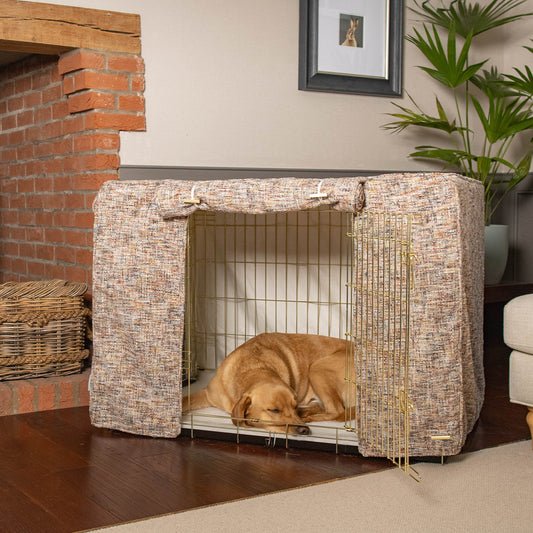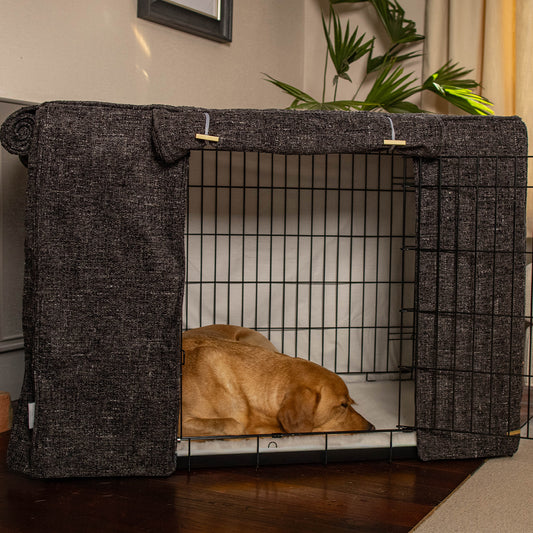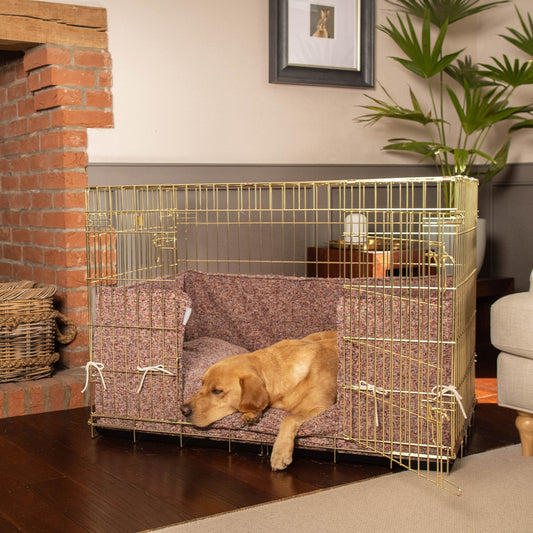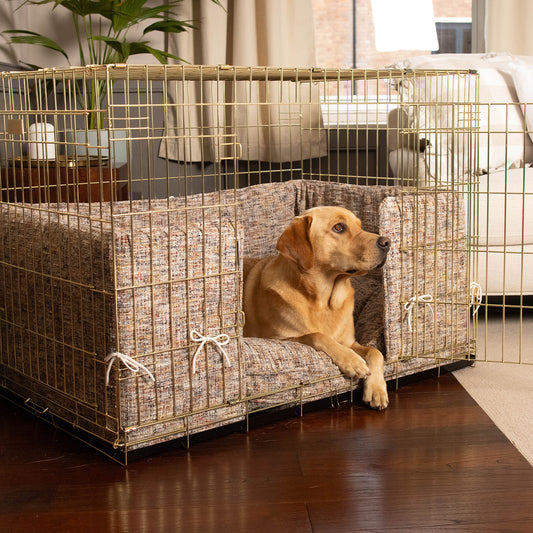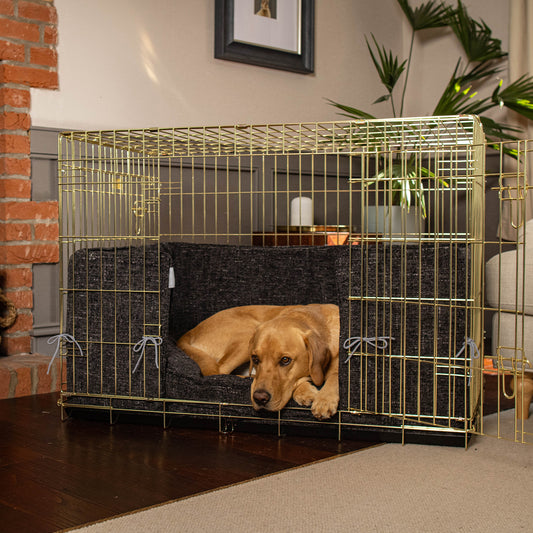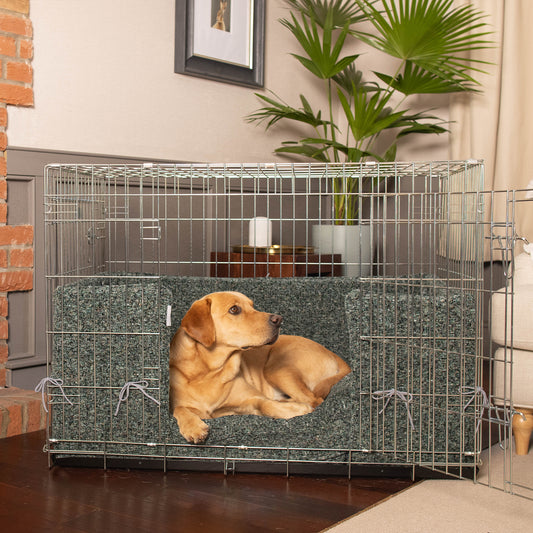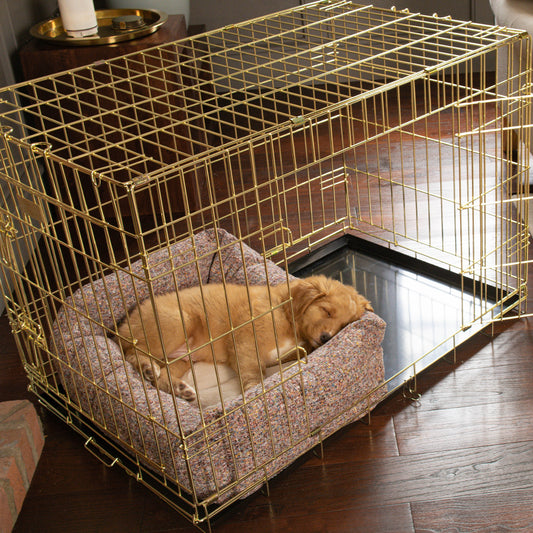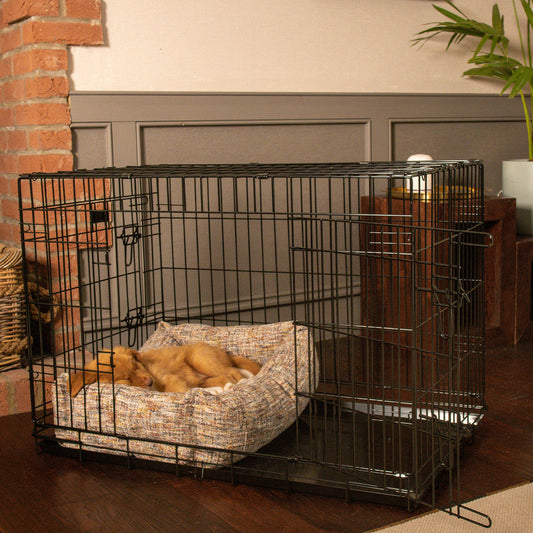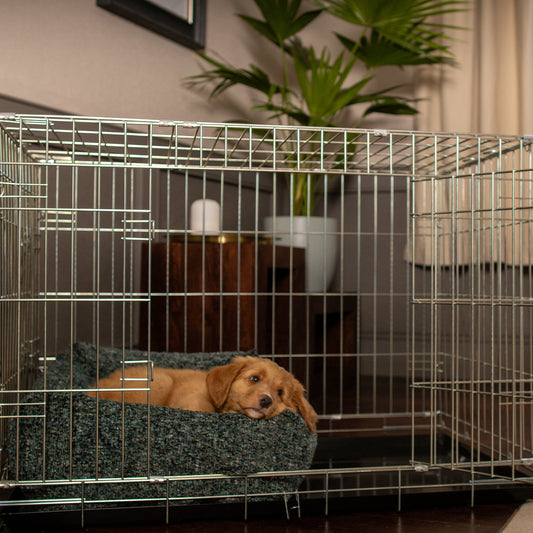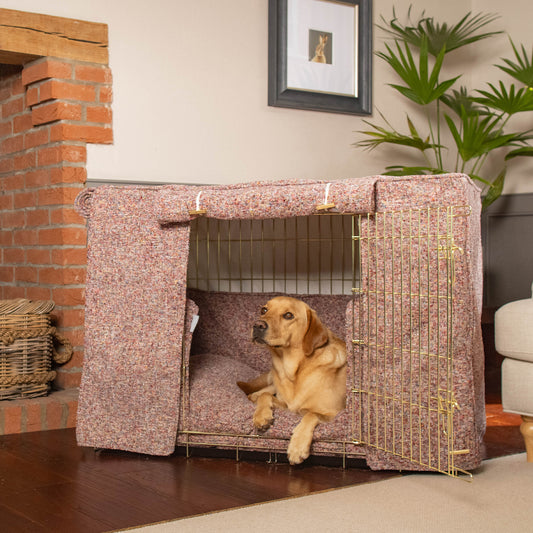For many cats, their bed represents their very own happy place within your home - an ideal place to sleep and relax throughout the day. Some cats, however, simply won’t take to their bed and may even opt for the box it came in.
Whether your cat has recently stopped sleeping in their bed or was never fond of it at all, our blog will identify potential causes and offer effective tips to get them sleeping soundly in their cat bed once again.
Why won’t my cat sleep in their bed?
Cats are particular animals and often want things to be just right, and as their bed is such a significant item in their life, it’s important that it meets their lofty standards. However, there could be a number of reasons why they’re refusing to sleep in their bed. Below, we’ve outlined some common causes:
1. Comfort -
Humans and many animal breeds choose their beds based on the sponginess of the surface, the softness of the material and the overall feeling of comfort. Cats are different and sometimes find too much comfort to be unpleasant. For example, if a bed is super soft, it may suit a dog, but a cat may prefer a harder surface such as wood flooring and window shelves.
2. Location -
You may choose to put a cat bed where you want it or based on the design of your home, but you should really think more about where your cat may want it. Cats are particular about the location of their bed and, more often than not, would prefer to sleep on the floor in a good location than on their bed in a bad one.
3. Smell -
As cats possess twice the amount of scent receptors in their nose as humans, smell plays an important role in how they perceive the things around them. Many cat owners are confused when their cat sticks their nose up at a brand new bed, but as it doesn’t smell like the things they’re used to - i.e. their home or owners - it can end up feeling unfamiliar.
Why has my cat stopped sleeping in their bed?
If your cat has recently stopped sleeping in their bed, you may be wondering what caused the change. You should first consider if anything you’ve done recently could have put them off using it.
For instance, if you’ve recently washed their bed, you may have thought you were cleaning away fur and eradicating any nasty odour, but you were in fact removing the scent that makes your cat feel cosy and at home. Alternatively, you may have moved your cat’s bed to somewhere they’re unhappy with, or you may have given them too much comfort by adding a new blanket or extra cushions.
Other potential causes include feeling too hot or cold at certain points in the year, more of an emphasis on asserting their territory through a new animal coming into the home, a natural change of preference as they grow or a general desire to sleep elsewhere.
How to train your cat to sleep in their bed
In an effort to help anyone that is having trouble getting their cat to sleep in their bed, we’ve provided a few tips to bear in mind below:
1. Consider the best bed for your cat -
You should pick a bed that would suit your cat, choosing a tougher bed if they tend to sleep on hard surfaces or a softer bed if they’re more likely to sprawl out on the sofa. If your cat likes privacy, an igloo bed may be more suitable than an open bed, or they may simply prefer to have their bed in a more secluded area of the home.
Not only is it difficult to choose the best bed for your cat, but it may be the case that they change their preferences as they get older. In order to keep your cat sleeping soundly in their bed, keep tabs on their behaviour and adapt to their preferences with beds that are more suitable.

2. Deter them from alternative sleeping spots -
Cats often sleep in peculiar locations such as in laundry baskets, baths, in drawers and on top of hard-to-reach items of furniture. It may sound cruel, but by limiting their ability to reach these areas, you should be able to get your cat to sleep in the correct place.
You could even place harmless deterrents in these areas such as tin foil and formulated sprays or close off certain areas of your home. By doing this, your cat should see their bed as being the more suitable place to sleep.

3. Lead them to bed -
Primarily using treats, you can communicate to your cat that their bed belongs to them and should be used whenever they need to sleep. All you need to do is lure your cat to the bed using treats, encourage them to move into the bed and then keep a treat in your hand above their head until they sit down. Then, when they’re sitting correctly, give them the treat and lots of praise as a reward.
Although this approach is best suited to kittens that are still learning how to behave, many older cats are likely to respond to treats too, so you could use this as a way of getting your adult cat to sleep in their bed or get used to a new bed. If, however, your cat isn’t fond of treats, you may decide to use their favourite cat toy or catnip as an alternative.

4. Pick the right spot -
Working out the preferred place for your cat’s bed may be the difference between them using it or sleeping elsewhere. You can determine the correct place by monitoring where your cat often sleeps. However, while this is likely to help find the best place to put your cat’s bed, you should always bear in mind that your cat may change their preferred location in the future and the bed may eventually need to be moved elsewhere.

























































